As we know, the cognitive era holds an important role in reshaping how enterprises operate, compete, and grow. As far as it can go, we can clearly see that AI is evolving from systems that simply respond to prompts to autonomous agents capable of reasoning, planning, and executing complex tasks.
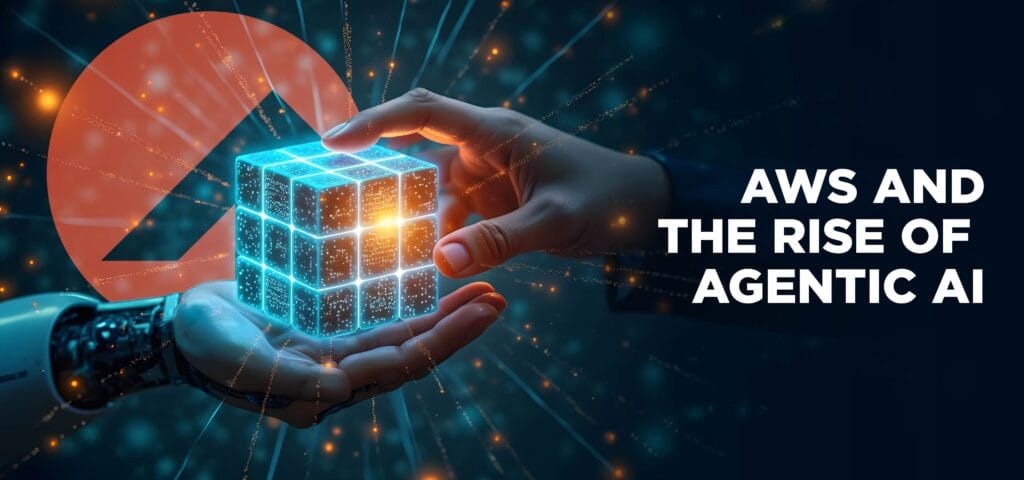
Why are enterprises finding it harder to decide faster and smarter?
It’s rarely just one thing. Skills gaps, siloed systems, slow manual processes, and mountains of data all play a part. Based on Gartner’s projection by 2028, 15% of work decisions will be made autonomously by agentic AI. Agents mark a shift in how work gets done, automating the repetitive, so humans can focus on designing responsibly, thinking strategically, and innovating boldly.
Let’s break it down to understand the difference between Generative AI vs. Agentic AI:
| Category | Generative AI | Agentic AI |
| Definition | AI is designed to create new content, text, images, audio, or code by learning patterns from large datasets. | AI that can autonomously plan and execute actions to achieve specific goals, often using generative capabilities as part of its process. |
| Core Capability | Generates novel outputs in response to prompts. | Takes initiative to make decisions, adapt, and complete multi-step tasks. |
| How It Operates | Uses trained models to predict and produce the next most likely output based on input data. | Combines reasoning, planning, and action execution, often breaking down complex goals into manageable steps. |
| Examples | ChatGPT, DALL·E, Midjourney, and GitHub Copilot. | Autonomous research assistants, AI customer support agents, and workflow automation bots. |
| Strengths | Creativity, adaptability, and the ability to produce diverse content quickly. | Proactive problem-solving, end-to-end task completion, and adaptability to changing inputs. |
| Limitations | Reactive: requires human prompts and guidance. | More complex; it requires careful oversight and governance to avoid undesired actions. |
As you can see, there are glaring differences!
Generative AI focuses on creating new and original content, such as images, text, and other media, by learning from existing data patterns. You can see it used widely across many fields, from art, music, and other creative disciplines to scientific research, drug discovery, marketing, and education.
Agentic AI takes it further by turning that creativity into direct action and measurable outcomes. We call Agentic AI the autonomous decision-maker and executor. Instead of just giving you content or answers, it can plan, decide, and take multi-step actions toward a goal without constant human intervention. They move AI from being just a smart assistant to a proactive teammate that can handle entire workflows.
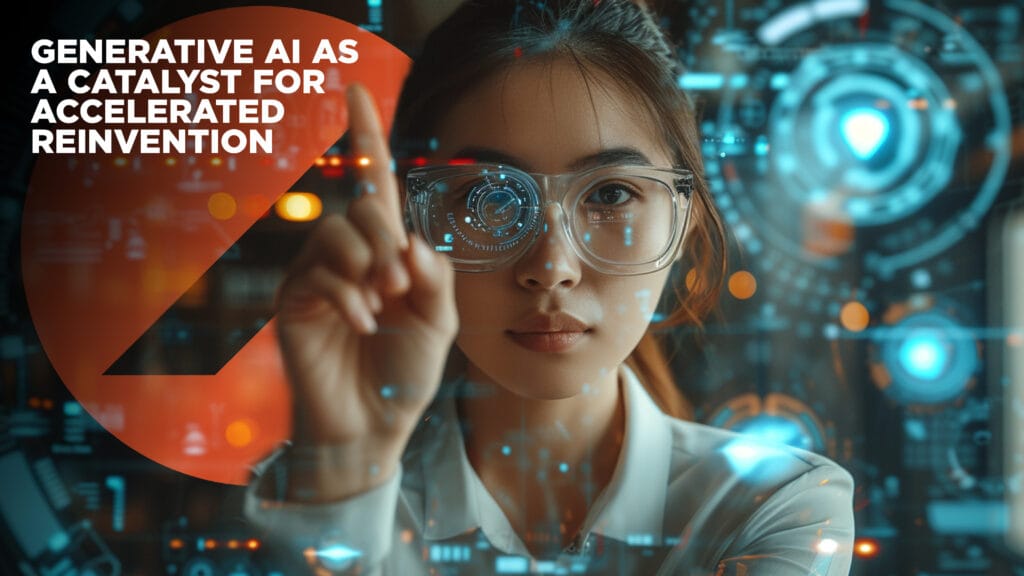
Key traits of Generative AI:
- Produces new content, not just predictions
- Learns from existing examples to create something original
- Powered by advanced AI frameworks including GPT, diffusion models or GAN (Generative Adversarial Network)
Examples:
- Generating product mockups or ad visuals
- Composing music or designing virtual environments
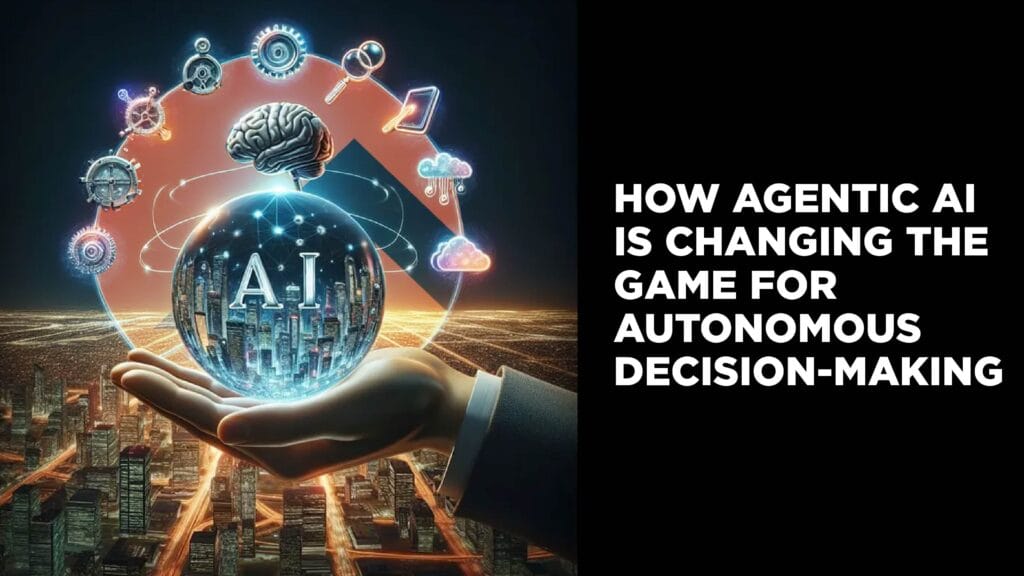
Key traits of Agentic AI:
- Operates independently to accomplish goals
- Integrates predictive, generative, and analytical intelligence
- Leverages tools, APIs, and connected systems to perform actions in the real world
Examples:
- An AI sales assistant that research leads, drafts outreach emails, schedules calls, and updates CRM records automatically
- A supply chain AI that predicts shortages, orders materials, and updates delivery schedules without manual prompts
How AWS is creating the future of innovation with Agentic AI
At AWS, the future is created as they work towards identifying the capabilities agentic AI can offer. Unlike generative AI, agentic systems are autonomous, meaning they can proactively make decisions and take actions.
Imagine watching a robot evolution movie; this might sound like the beginning of a robot revolution sci-fi movie, but agentic AI is becoming increasingly common in the modern workplace.
Amazon has just rolled out a major AI upgrade for Alexa, a popular virtual assistant. A device ready to converse and get things done and help you stay connected. AWS is not only building agents to reimagine service delivery but also actively transforming the way AWS Professional Services operates today.

From Cloud to Autonomy: AWS’s Agentic AI Journey
AWS’s Agentic AI Journey marks the leap from traditional cloud computing to fully autonomous, AI-driven systems capable of decision-making, adaptation, and continuous optimization without constant human intervention. This shift is reshaping how businesses operate—streamlining workflows, accelerating innovation, and creating entirely new possibilities for scale and efficiency. But while the vision is powerful, the path from concept to execution can be daunting without the right skills, tools, and guidance.
That’s where Trainocate comes in.
We translate AWS’s groundbreaking advancements into practical, job-ready expertise through hands-on labs, real AWS environments, and learning paths aligned with the latest certifications. Our programs take learners from understanding the foundations of cloud and AI to building and orchestrating autonomous AI agents that integrate across AWS services. With our expert guidance, you’re not just keeping pace with the future—you’re shaping it, armed with the knowledge and credentials to lead in this new era of AI-powered autonomy. Here’s how:
1) Amazon Bedrock AgentCore
Amazon Bedrock AgentCore was recently launched on July 16, 2025, is AWS’s cutting-edge, fully managed service that transforms how developers create and deploy intelligent AI agents. This preview release offers a complete toolkit for building and running AI agents at enterprise scale. It gives you the flexible skills to innovate with access to hundreds of foundation models (FMs) from leading AI providers, including OpenAI’s open-weight models. With this extensive model library, you can always align your AI workloads with the most suitable model for the task.
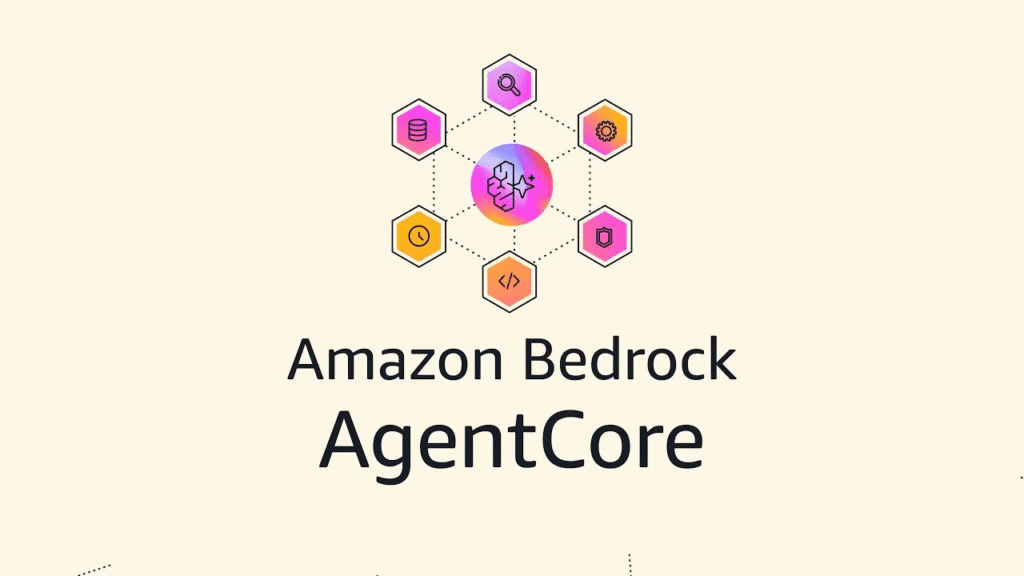
Credits: Amazon Web Services
2. AI Agents & Tools Marketplace
AI Agents & Tools Marketplace is a unified platform that lets you explore, access, and implement AI-powered agents, along with resources to develop or enhance them.
The AWS AI Agent Marketplace enables you and your organization to discover and deploy pre-configured AI agents built for targeted business needs, functioning much like an enterprise-grade version of an app store for AI automation.
- Runs on AWS’s secure cloud infrastructure
- Customizable directly via the AWS Management Console
- Built to integrate seamlessly with your current AWS setup
- Capable of handling targeted functions such as workflow automation, customer interaction management, data analysis, and task scheduling
3. Bedrock & Tools Ecosystem
Bedrock & Tools Ecosystem is the collection of AWS services, frameworks, and integrations surrounding Amazon Bedrock. Amazon Bedrock connects you to leading foundation models (FMs), services to deploy and operate agents, and tools for fine-tuning, safeguarding, and optimizing models, along with knowledge bases to connect applications to your latest data.
This ecosystem includes:
- Amazon Bedrock—Accessing foundation models via API without managing infrastructure
- Development & Orchestration Tools—Customizing and chaining AI agents
- AWS Service Integration—Seamless connection with AWS services like Lambda, S3, SageMaker and Step Functions.
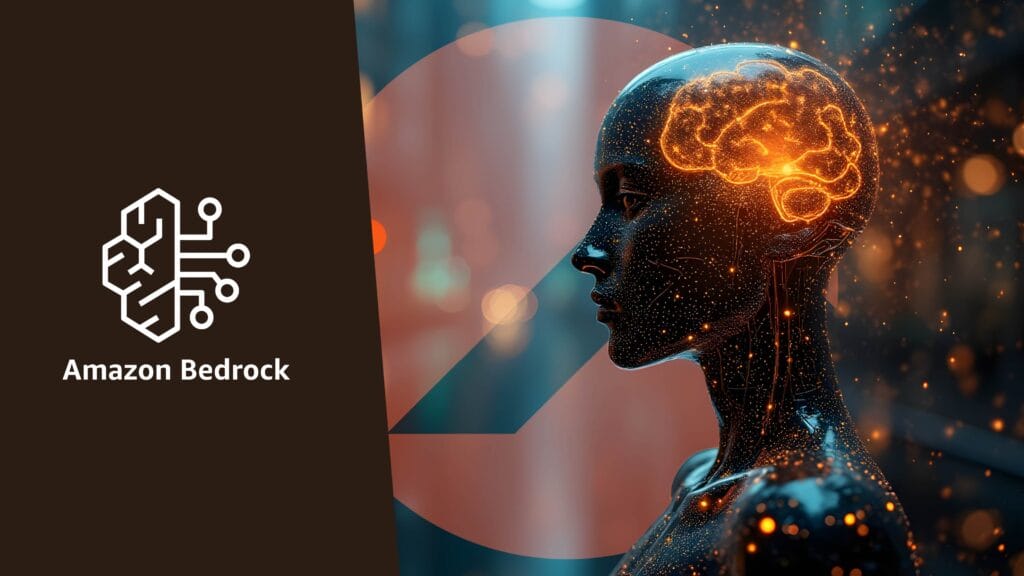
4. Real-World Use & Strategy
Without a doubt AWS is doubling down on agentic AI with bold investments and a future-focused roadmap. They have further invested a $100M to their Generative AI Innovation Center. Speaking at the AWS Summit in New York, Swami Sivasubramanian, AWS VP for Agentic AI, outlined how autonomous, AI-driven systems are set to revolutionize industries.
Just imagine a world where you have a self-managing supply chains that adapt in real time, to financial advisors powered by AI agents. Not only that, but the manufacturing lines also predict and resolve faults before they occur, the possibilities are endless. In healthcare, AI agents could assist in diagnosis and treatment planning, while in customer service, they could deliver instant, hyper-personalized support. This is not just the next chapter in AI, it’s the beginning of a new operating model for every industry.
5. Use Cases & Prescriptive Guidance
AWS showcases real-world achievements and to prove that Tapestry (parent of Coach and Kate Spade) built a generative AI engine using Amazon Bedrock, enabling frontline associates to share insights via voice or text. What came next, is that they were able to capture 30,000 pieces of associate feedback in one year and accelerated generative AI development by a factor of 10×. This improved inventory alignment and empowered more informed decision-making. As AI technology evolves, AWS leads the way in innovation and works towards delivering measurable business results.

Let’s reimagine What’s Next with Agentic AI
As AI continues to advance, AWS is redefining what’s possible with Agentic AI, enabling systems that can think, decide, and execute complex tasks with minimal human intervention. From autonomous business operations and predictive decision-making to hyper-personalized customer experiences and self-healing cybersecurity, Agentic AI is redefining how we work, innovate, and compete.
With seamless human–AI collaboration and automation, the future is no longer a distant vision, it’s being built today.